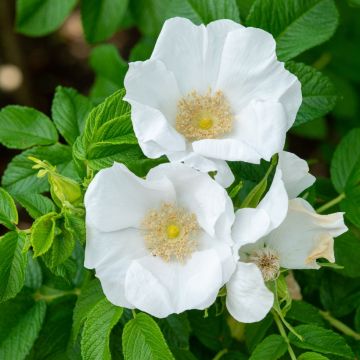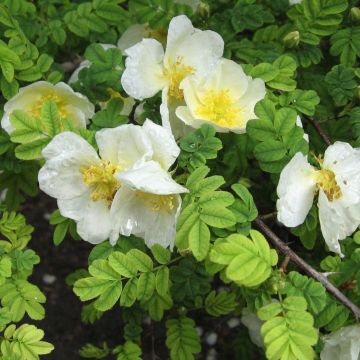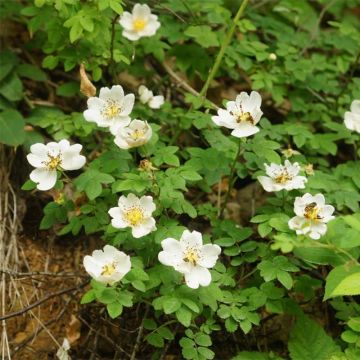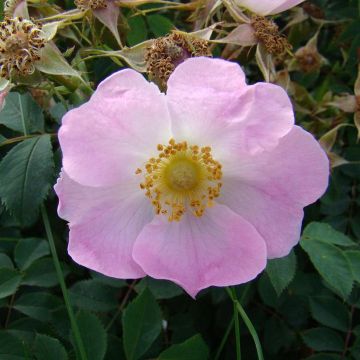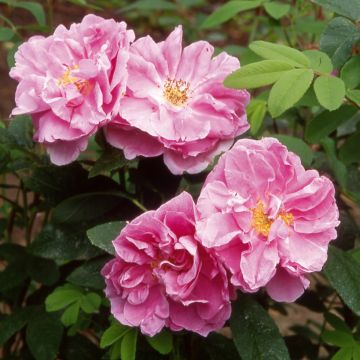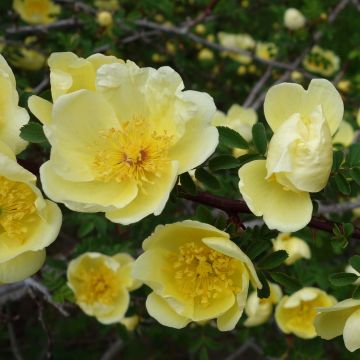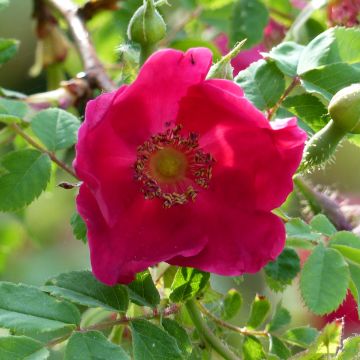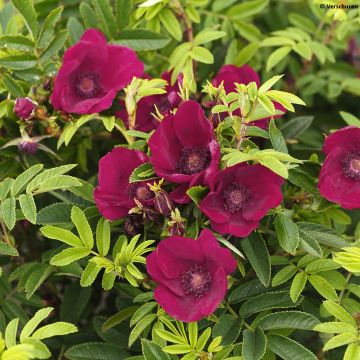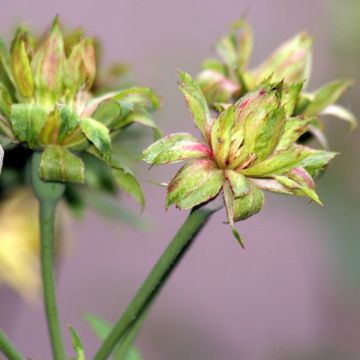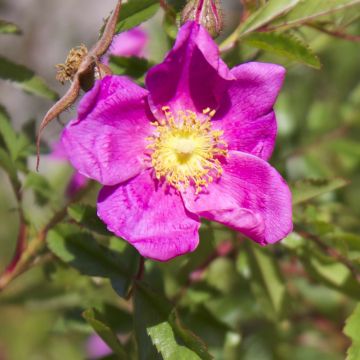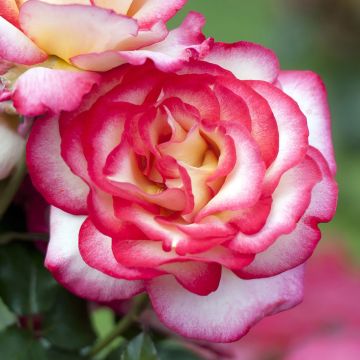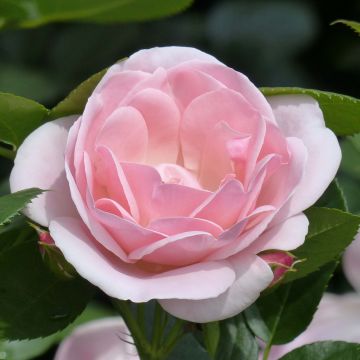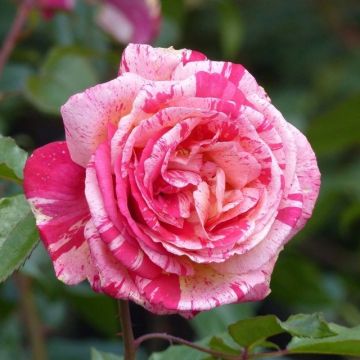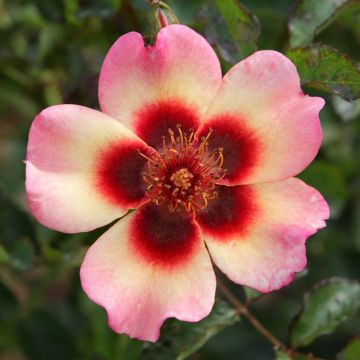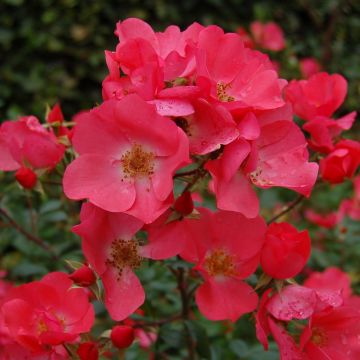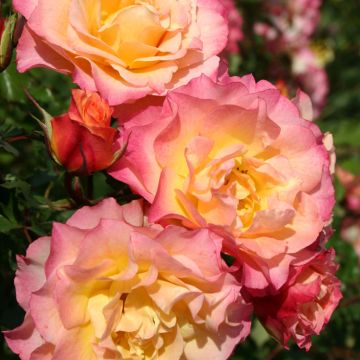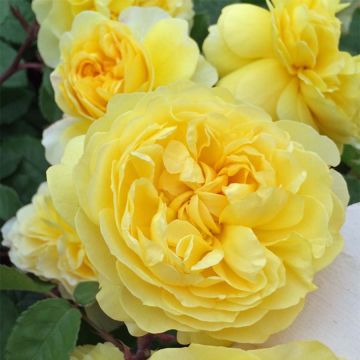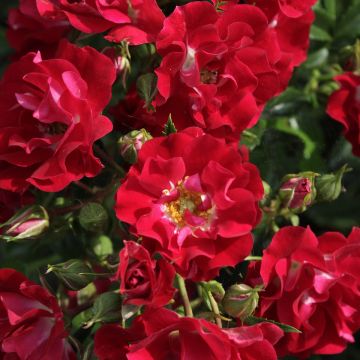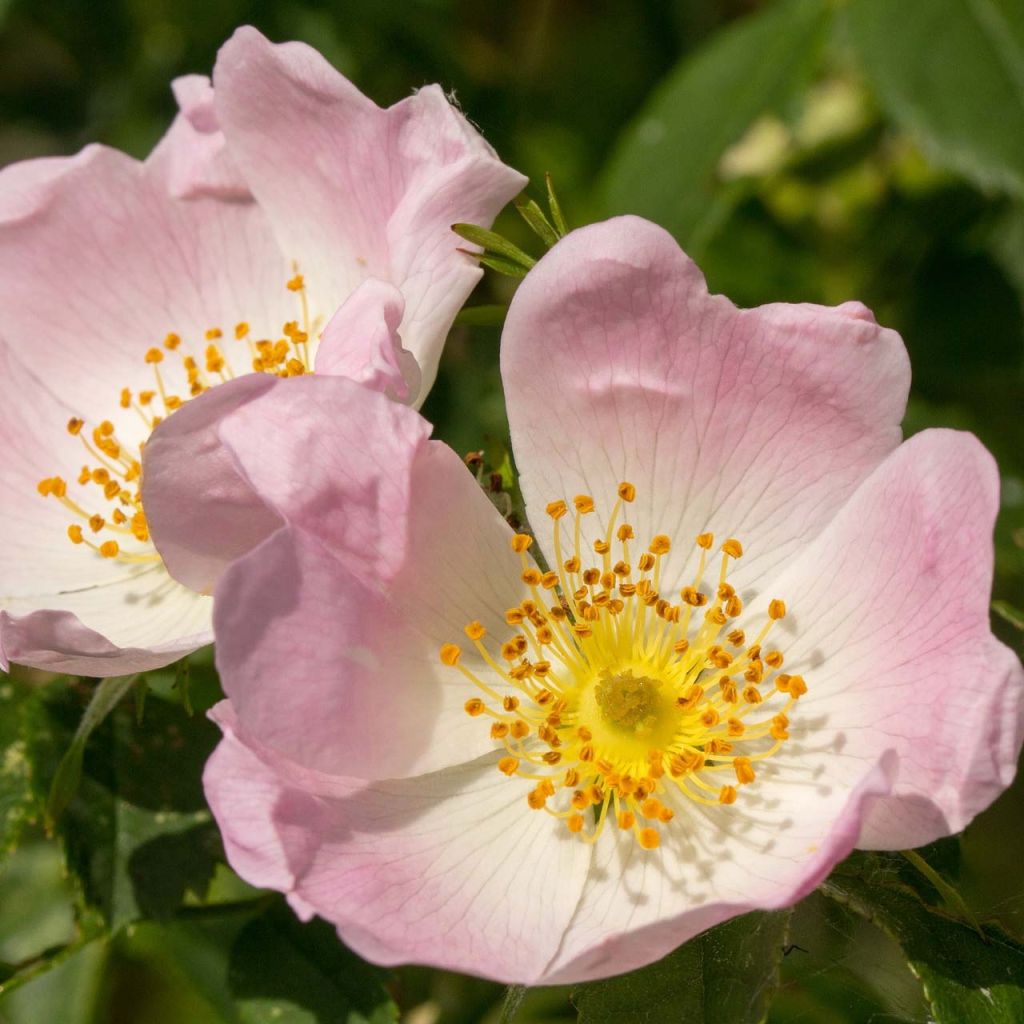

Rosa canina
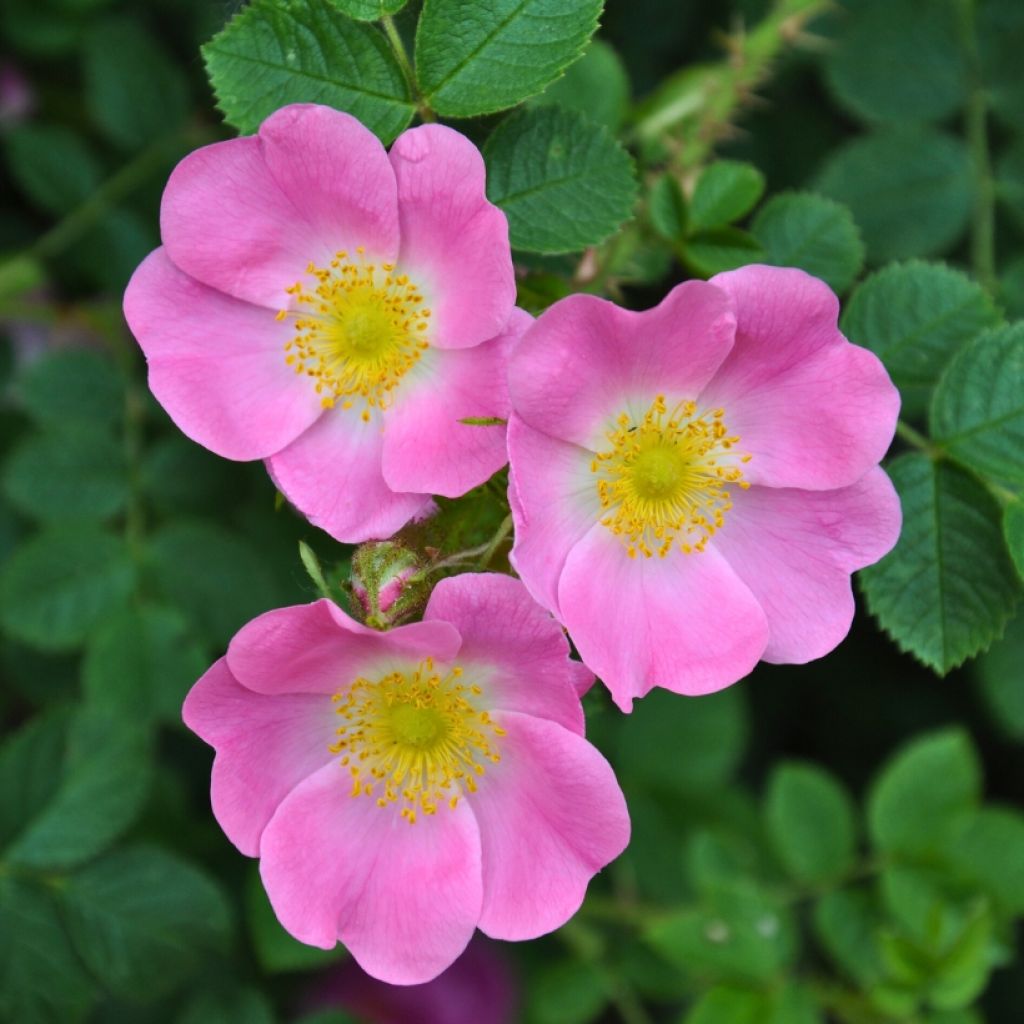

Rosa canina
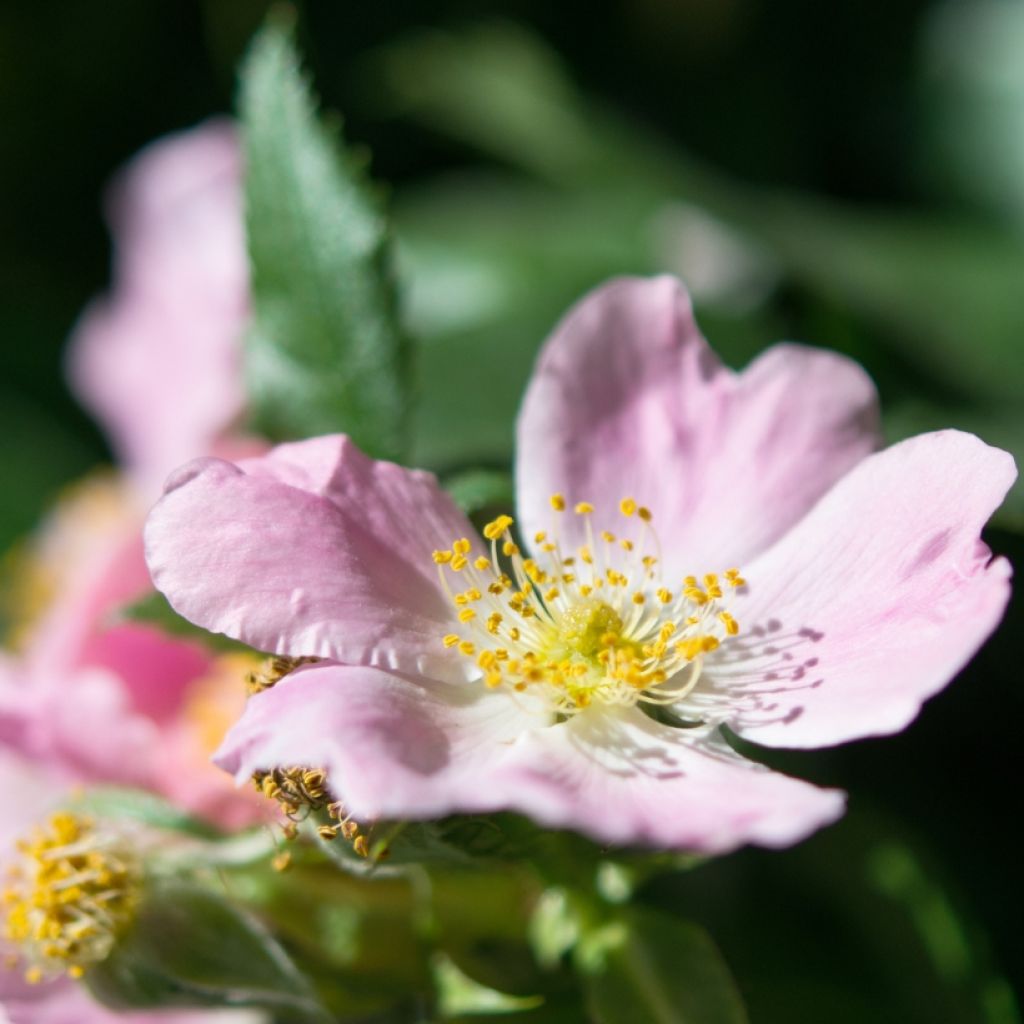

Rosa canina
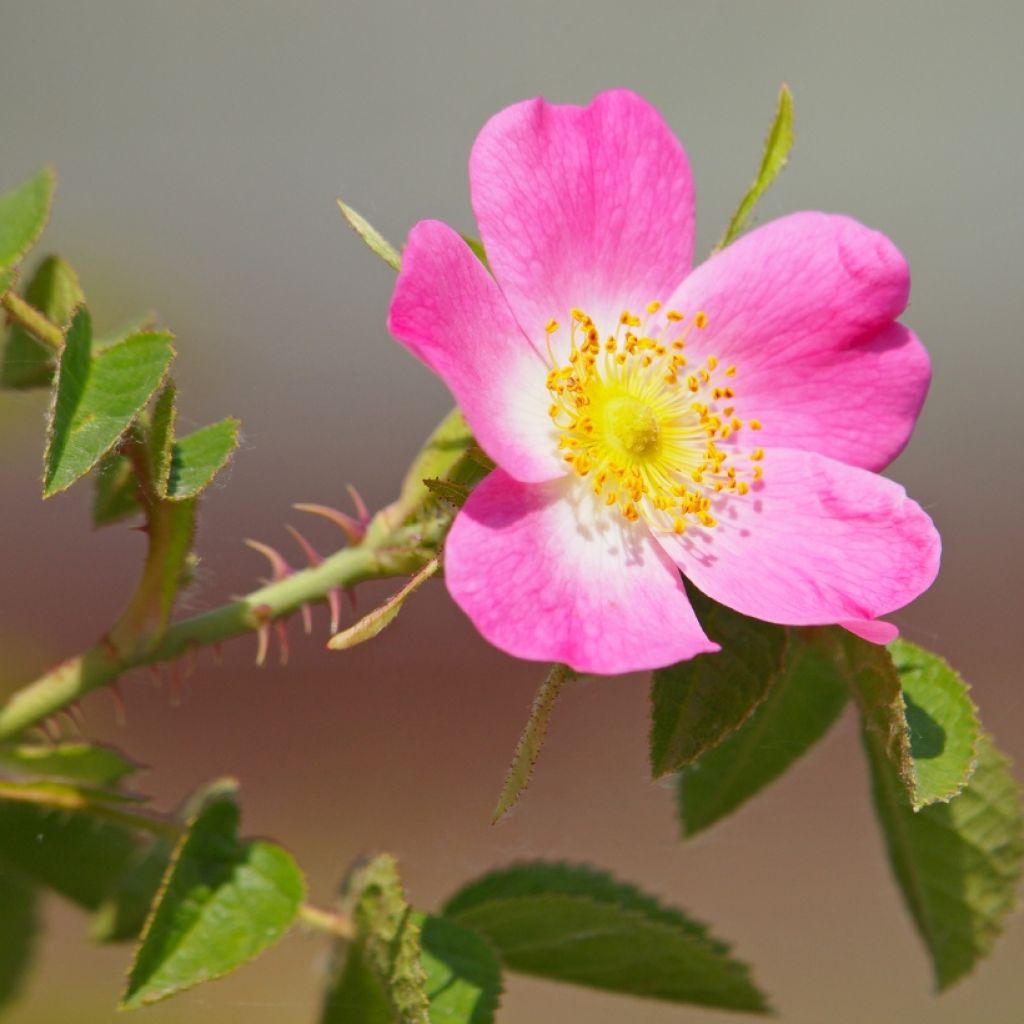

Rosa canina
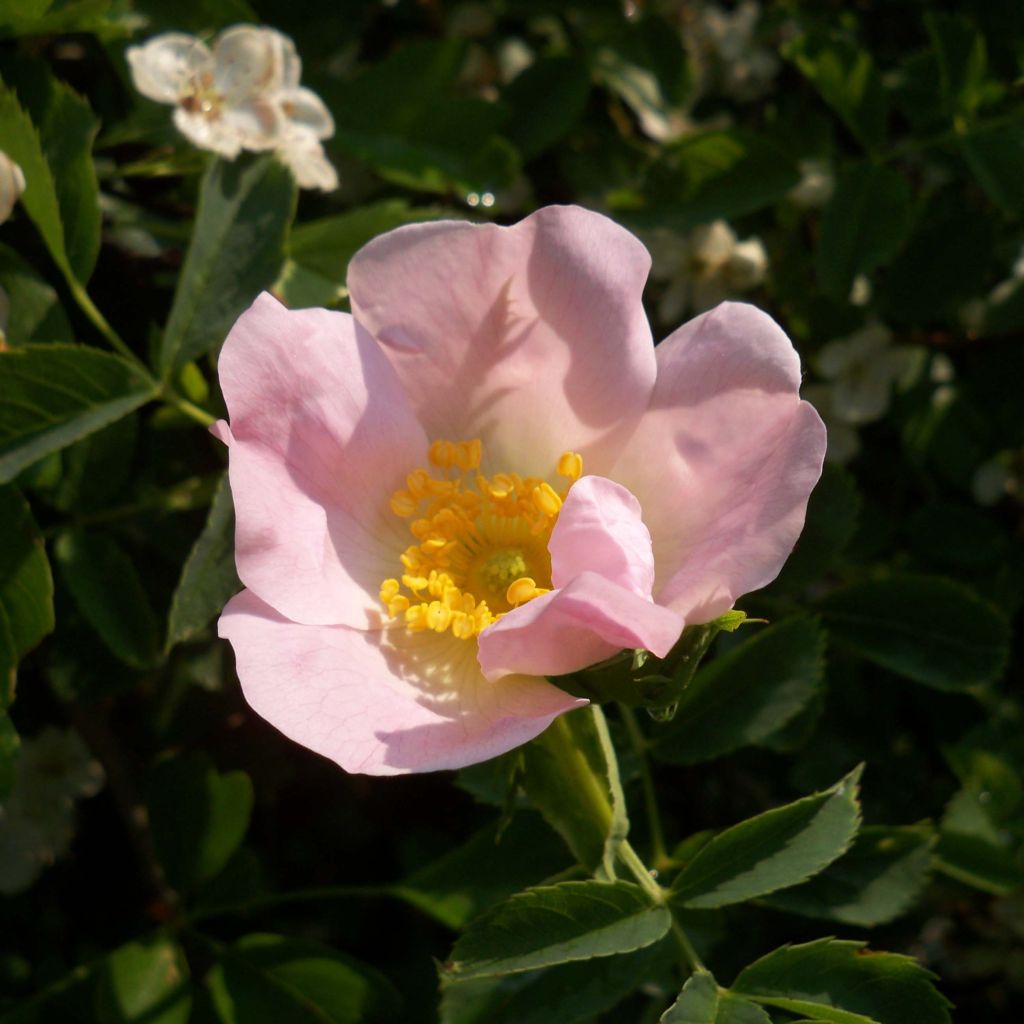

Rosa canina
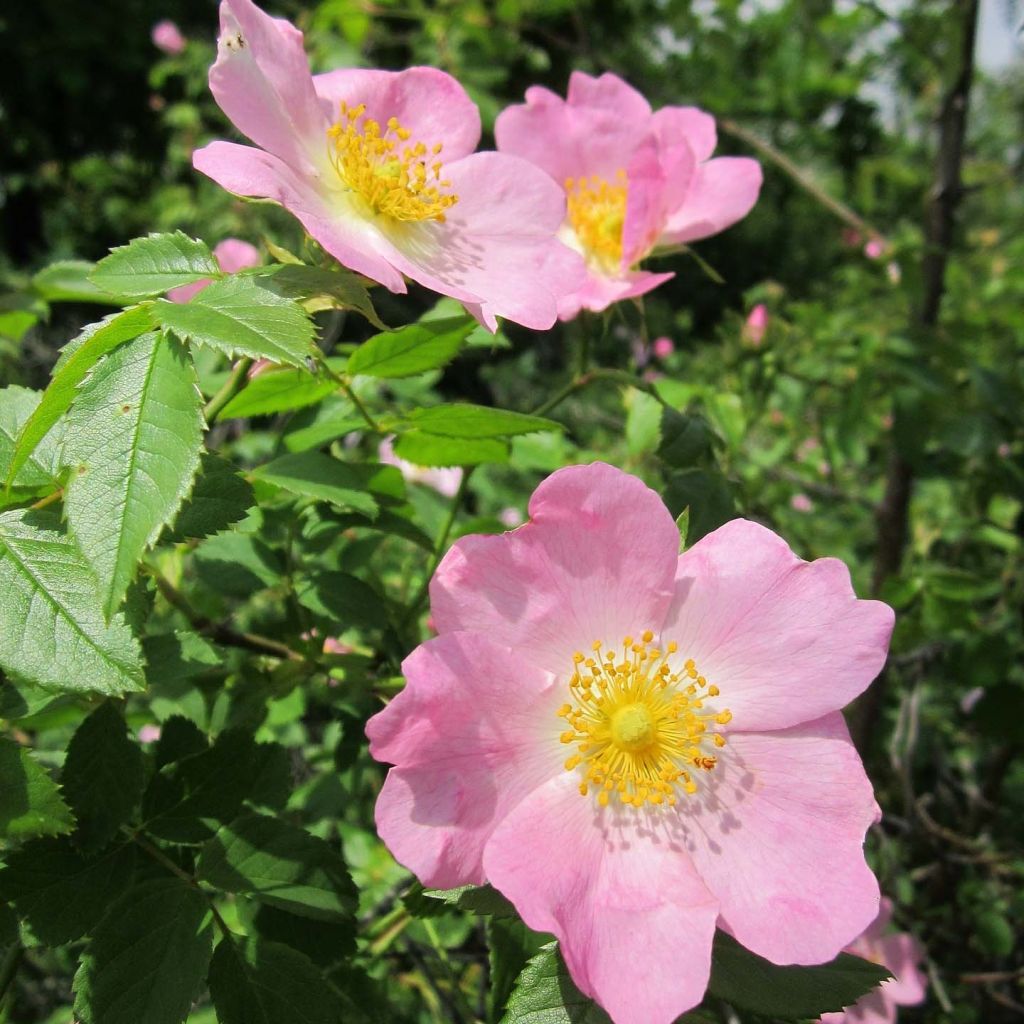

Rosa canina
Rosa canina
Rosa canina
Dog Rose
Package received quickly. The 2 young plants were well protected and hydrated in a piece of burlap. I planted the plants after pricking them. Now, we just have to wait until next year to check the growth and flowering.
Philippe , 12/12/2024
Why not try an alternative variety in stock?
View all →This plant carries a 24 months recovery warranty
More information
We guarantee the quality of our plants for a full growing cycle, and will replace at our expense any plant that fails to recover under normal climatic and planting conditions.
From €5.90 for pickup delivery and €6.90 for home delivery
Express home delivery from €8.90.
Delivery to Corse prohibited: UE law prohibits the import of this plant from mainland France to Corse as part of the fight against Xylella fastidiosa. Please accept our sincere apologies.
More information
Does this plant fit my garden?
Set up your Plantfit profile →
Description
The dog rose or Rosa canina, also known as hedge rose or dog rose, is the most well-known and commonly found native species of wild rose in France. The dog rose is a deciduous bush with a bushy habit, bearing long, flexible, and very thorny stems that initially grow upright and then arch, behaving like true vine that climb over other plants. In summer, its erect bush is adorned with numerous small flowers with 5 heart-shaped, notched petals that range in colour from pink to white, topped with long, protruding golden stamens that produce high-quality honey. These are followed by bright red fruits called hips, which decorate the garden in late season. Their pulp is full of vitamins, including vitamin C, which is used to combat colds and fatigue and can be consumed in the form of jams, syrups, herbal teas, jellies, and more. It is a hardy and vigorous species that thrives in the sun in any well-drained soil that is not too acidic. It possesses all the subtle and generous beauty of botanical species, making it suitable for inclusion in a countryside hedge or as an addition to a natural garden bed.
The Rosa canina is a wild rose native to Europe and Western Asia. As an indigenous species, it is the most widespread rose species in our territory, along with Rosa rubiginosa. It is mainly found in plains, on slopes, in thickets, countryside hedges, road edges, and forest edges. It is not afraid of alkaline or poorer soils, unlike other roses, and thrives even in dry, sandy to rocky soils. It only fears stagnant moisture and excessively acidic soils. This rose has the advantage of being one of the best nectar-producing species. It has been used since ancient times for its medicinal properties and the nutritional value of its petals and fruits. In fact, its common name "dog rose" comes from the fact that its roots were used to heal people bitten by rabid dogs. Due to its robustness and vigour, it was long used as the sole rootstock for horticultural roses.
It is a spiny shrub with a dense and bushy habit. It reaches about 2.50 m (8ft) in height and 2 m (7ft) in width, with fairly rapid growth. The branches are dense and covered with hooked prickles and stiff bristles. They bear deciduous leaves, divided into 5 to 7 large ovate leaflets measuring 2 to 4 cm (1 to 2in), of medium green colour, smooth on the upper side and pubescent on the lower side, glandular all over their surface. The flowering takes place from May to June depending on the climate. The flowers are single, slightly fragrant, and consist of 5 notched petals, forming a cup measuring 4 to 5 cm (2in) in diameter, bright pink turning pure white as they fade. The centre of the corolla, pale pink to white, is topped with a multitude of golden stamens. The flowering is followed by the formation of ovoid, fleshy fruits measuring 1 to 1.5 cm (0 to 1in), bright red in colour, which ripen from August to October and contain numerous seeds surrounded by itching hairs. They have the advantage of being edible in the form of jam, preserves, or as an infusion.
The hedge rose is a good species for creating fruity or defensive hedges with blackthorns and hawthorns. It can complement larger flowering shrubs in a garden bed. It will also find its place in a sunny flower hedge, associated with ground cover roses like 'The Fairy', 'Rouge Meillandecor', 'Happy Chappy', and many others. Vibrantly coloured grasses like Muhlenbergia capillaris or tufted hair grass will create an interesting contrast with it. Lastly, it is a very healthy shrub, never getting sick, and requires no maintenance once well established.
While the passion for botanical roses and their direct hybrids is not widespread, it is fully justified, especially in infertile soils or under difficult climates: these roses are not only the parents of our modern roses, but generally more robust and highly reliable.
Report an error about the product description
Rosa canina in pictures
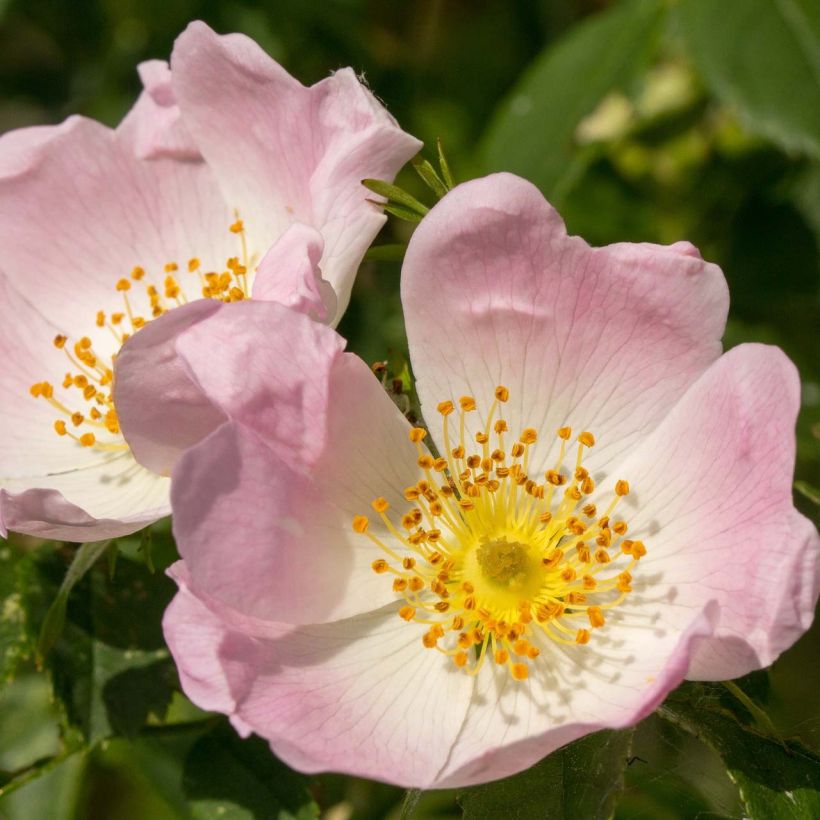

Plant habit
Flowering
Foliage
Botanical data
Rosa
canina
Rosaceae
Dog Rose
Central Europe
Other Botanical or wild Roses
Planting and care
The Rosa canina prefers neutral, deep, humus-bearing soils that remain moist but well-drained. It is a very vigorous and tolerant botanical species, thriving in very calcareous, poor, sandy to stony soils, and withstanding dry and hot summers, although in deep soil. It is very hardy, down to at least -25 °C. It requires a sunny exposure, or at least partial shade in hot climates. It thrives in all sufficiently sunny regions and is not susceptible to rose diseases. It adapts to all gardens, as long as the planting is taken care of! While pruning is not necessary, it can be useful to remove dead wood in winter. Avoid severe pruning that disfigures the beautiful habit of this wild bush.
Planting period
Intended location
Care
-
, onOrder confirmed
Reply from on Promesse de fleurs
Roses by purpose
Haven't found what you were looking for?
Hardiness is the lowest winter temperature a plant can endure without suffering serious damage or even dying. However, hardiness is affected by location (a sheltered area, such as a patio), protection (winter cover) and soil type (hardiness is improved by well-drained soil).

Photo Sharing Terms & Conditions
In order to encourage gardeners to interact and share their experiences, Promesse de fleurs offers various media enabling content to be uploaded onto its Site - in particular via the ‘Photo sharing’ module.
The User agrees to refrain from:
- Posting any content that is illegal, prejudicial, insulting, racist, inciteful to hatred, revisionist, contrary to public decency, that infringes on privacy or on the privacy rights of third parties, in particular the publicity rights of persons and goods, intellectual property rights, or the right to privacy.
- Submitting content on behalf of a third party;
- Impersonate the identity of a third party and/or publish any personal information about a third party;
In general, the User undertakes to refrain from any unethical behaviour.
All Content (in particular text, comments, files, images, photos, videos, creative works, etc.), which may be subject to property or intellectual property rights, image or other private rights, shall remain the property of the User, subject to the limited rights granted by the terms of the licence granted by Promesse de fleurs as stated below. Users are at liberty to publish or not to publish such Content on the Site, notably via the ‘Photo Sharing’ facility, and accept that this Content shall be made public and freely accessible, notably on the Internet.
Users further acknowledge, undertake to have ,and guarantee that they hold all necessary rights and permissions to publish such material on the Site, in particular with regard to the legislation in force pertaining to any privacy, property, intellectual property, image, or contractual rights, or rights of any other nature. By publishing such Content on the Site, Users acknowledge accepting full liability as publishers of the Content within the meaning of the law, and grant Promesse de fleurs, free of charge, an inclusive, worldwide licence for the said Content for the entire duration of its publication, including all reproduction, representation, up/downloading, displaying, performing, transmission, and storage rights.
Users also grant permission for their name to be linked to the Content and accept that this link may not always be made available.
By engaging in posting material, Users consent to their Content becoming automatically accessible on the Internet, in particular on other sites and/or blogs and/or web pages of the Promesse de fleurs site, including in particular social pages and the Promesse de fleurs catalogue.
Users may secure the removal of entrusted content free of charge by issuing a simple request via our contact form.
The flowering period indicated on our website applies to countries and regions located in USDA zone 8 (France, the United Kingdom, Ireland, the Netherlands, etc.)
It will vary according to where you live:
- In zones 9 to 10 (Italy, Spain, Greece, etc.), flowering will occur about 2 to 4 weeks earlier.
- In zones 6 to 7 (Germany, Poland, Slovenia, and lower mountainous regions), flowering will be delayed by 2 to 3 weeks.
- In zone 5 (Central Europe, Scandinavia), blooming will be delayed by 3 to 5 weeks.
In temperate climates, pruning of spring-flowering shrubs (forsythia, spireas, etc.) should be done just after flowering.
Pruning of summer-flowering shrubs (Indian Lilac, Perovskia, etc.) can be done in winter or spring.
In cold regions as well as with frost-sensitive plants, avoid pruning too early when severe frosts may still occur.
The planting period indicated on our website applies to countries and regions located in USDA zone 8 (France, United Kingdom, Ireland, Netherlands).
It will vary according to where you live:
- In Mediterranean zones (Marseille, Madrid, Milan, etc.), autumn and winter are the best planting periods.
- In continental zones (Strasbourg, Munich, Vienna, etc.), delay planting by 2 to 3 weeks in spring and bring it forward by 2 to 4 weeks in autumn.
- In mountainous regions (the Alps, Pyrenees, Carpathians, etc.), it is best to plant in late spring (May-June) or late summer (August-September).
The harvesting period indicated on our website applies to countries and regions in USDA zone 8 (France, England, Ireland, the Netherlands).
In colder areas (Scandinavia, Poland, Austria...) fruit and vegetable harvests are likely to be delayed by 3-4 weeks.
In warmer areas (Italy, Spain, Greece, etc.), harvesting will probably take place earlier, depending on weather conditions.
The sowing periods indicated on our website apply to countries and regions within USDA Zone 8 (France, UK, Ireland, Netherlands).
In colder areas (Scandinavia, Poland, Austria...), delay any outdoor sowing by 3-4 weeks, or sow under glass.
In warmer climes (Italy, Spain, Greece, etc.), bring outdoor sowing forward by a few weeks.

































